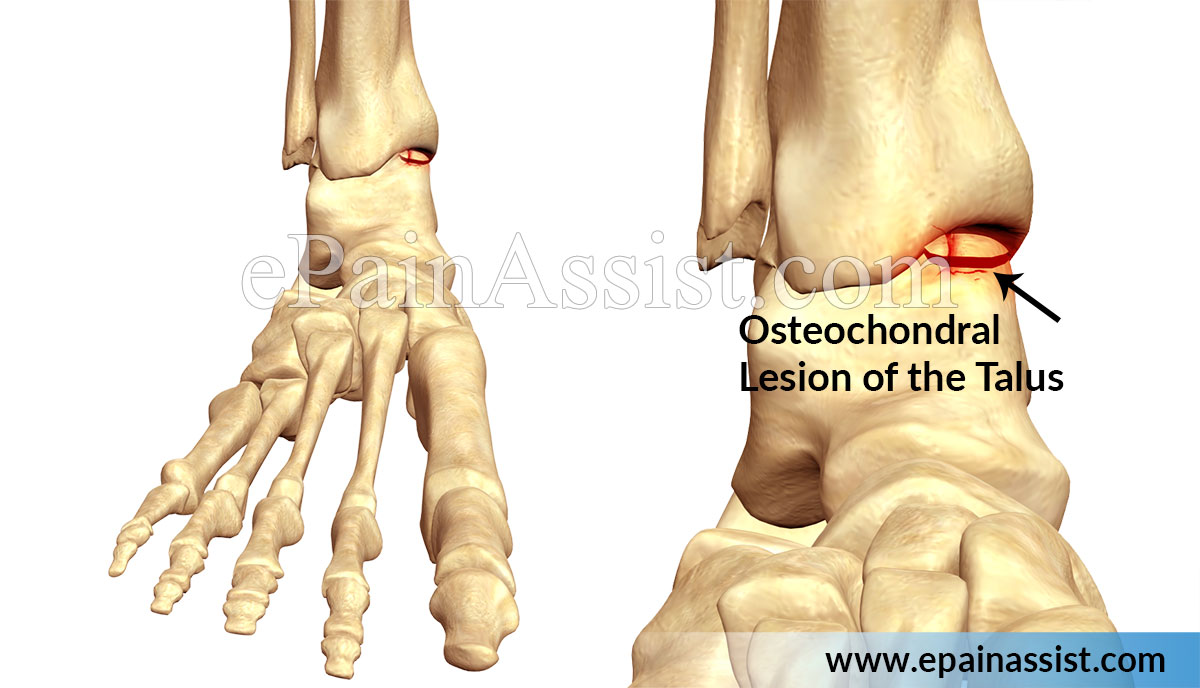This clause on Epainassist.com has been critique by a medical professional , as well as checked for facts , to promise the readers the considerably possible truth .
We follow a nonindulgent editorial insurance policy and we have a zero - leeway policy regarding any level of plagiarism . Our articles are resourced from reputable online pages . This article may contains scientific references . The numbers in the parentheses ( 1 , 2 , 3 ) are clickable link to peer - reviewed scientific papers .
The feedback link “ Was this Article Helpful ” on this page can be used to report content that is not accurate , up - to - escort or refutable in any fashion .

This article does not provide aesculapian advice .
What Is Osteochondral Lesion of The Talus?
Osteochondral lesion of the talus , also known as OLT , is a disorder , which consists of a section of damaged cartilage . There is also a bone on top of the scree . It is also term asOsteochondritis Dissecansof the astragal . This condition is commonly hear withtraumatic injurieslikeacute ankle sprain ; although , the mortise joint joint misalignment due to chronic overutilization also can lead to this condition . A sprain can also lead to osteochondral fractures but such fracture generally are not capable to be find . After the sprain is treated , there is improvement to some degree , but is still continues to be pestiferous with development of pain and swelling after body process . After detailed investigations , the large fractures are noted on x - rays . asunder from this , MRI scans , isotopic ivory CAT scan , andCTare also utilitarian in detecting very small lesions .
Grading of Osteochondral Lesions
Osteochondral lesions are grade from I to V , I refer to minimal severity and Phoebe referring to maximal severity
Symptoms of Osteochondral Lesion of Talus (OLT)
Causes of Osteochondral Lesion of Talus (OLT)
Treatment of Osteochondral Lesion of Talus (OLT)
address :
Also Read :
